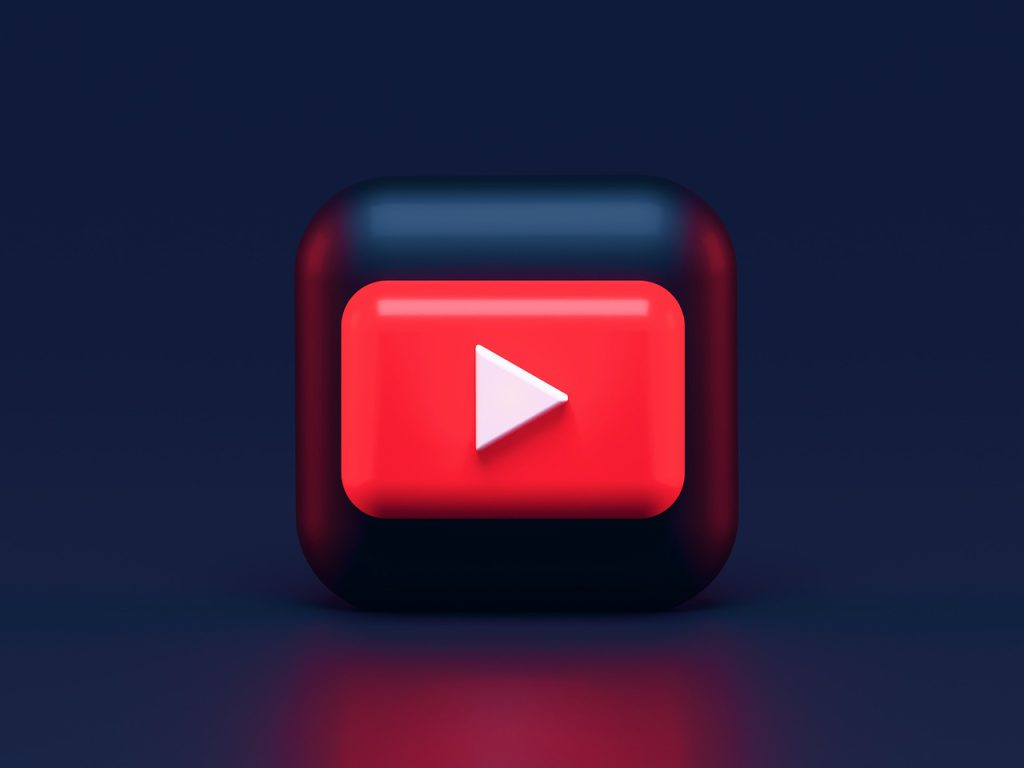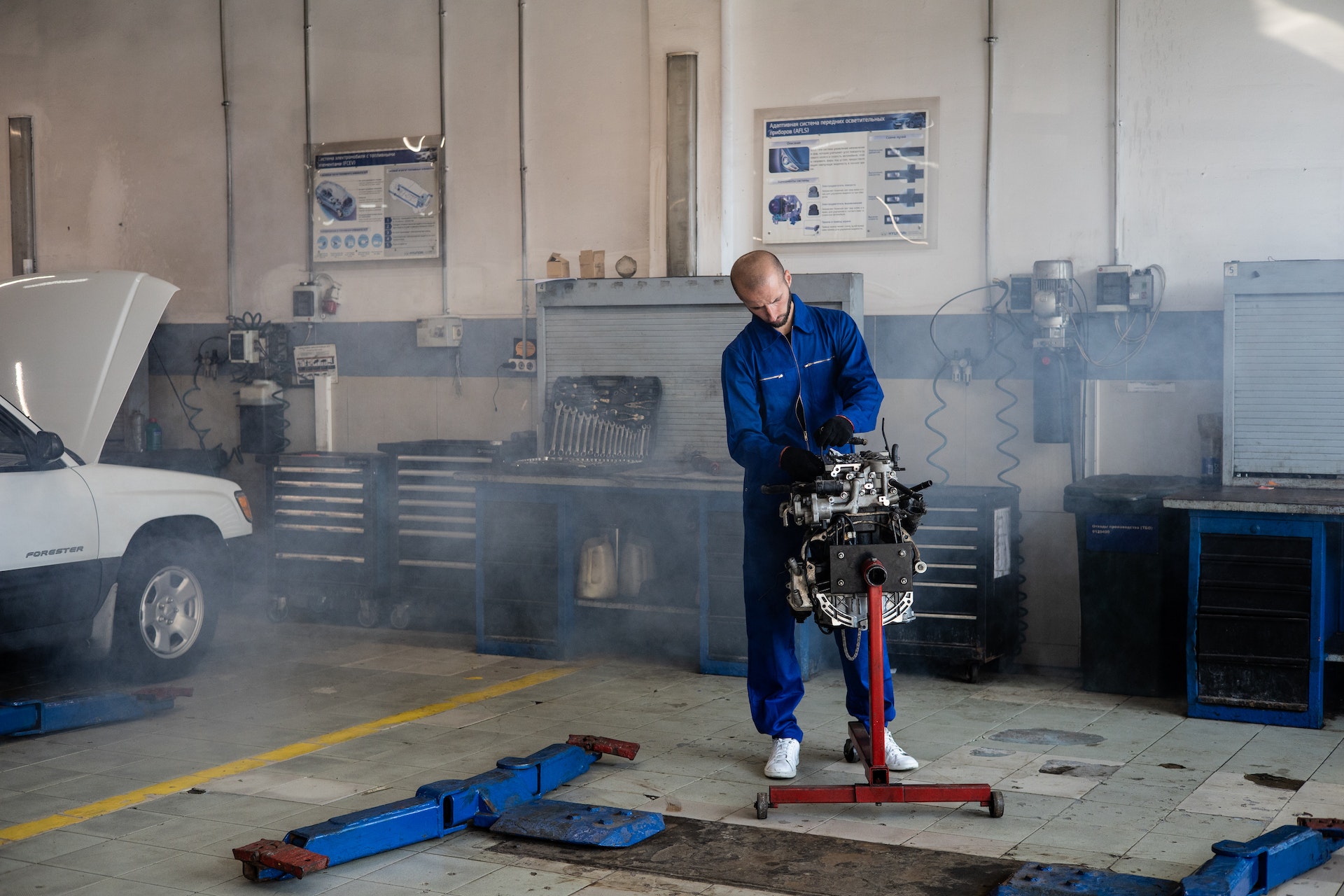Introduction
Thanks to artificial intelligence (AI), the way we create and consume online content is rapidly changing. It is now possible to swiftly create high-quality text, images, and even videos thanks to potent language models like ChatGPT. This guide will show you how to use ChatGPT to easily make AI YouTube videos.
What is ChatGPT?
The large-scale language model ChatGPT was created by OpenAI. It can produce text that sounds like human speech on a variety of subjects after being trained on a sizable dataset of material taken from the internet. As a result, it may be used effectively to produce content, including YouTube videos.
Why Use ChatGPT for YouTube Videos?
You might wish to utilize ChatGPT to produce YouTube videos for a variety of reasons. First of all, it may save you a lot of time and work. You may only enter a few prompts and let ChatGPT handle the rest, saving you the time and effort of writing scripts, editing videos, and generating special effects.
Second, ChatGPT has the capacity to provide interesting and educational material of the highest caliber. The model is adaptable for many sorts of videos since it has been trained on a wide range of materials and has learned to write in a number of styles and voices.
Third, ChatGPT can assist you in producing videos on a variety of subjects. With ChatGPT, you may create tutorials, reviews, or news updates with material that is entertaining and pertinent to the topic at hand.
How to Use ChatGPT for YouTube Videos
You must have access to the OpenAI API in order to utilize ChatGPT to produce YouTube videos. By creating an account on the OpenAI website, you can get this.
Once you have access to the API, you may connect to ChatGPT using a number of computer languages, including Python. An illustration of how to create text using Python and ChatGPT is given below:
import openai
openai.api_key = "YOUR_API_KEY"
prompt = "Write a script for a YouTube video about the benefits of AI"
response = openai.Completion.create(
engine="text-davinci-002",
prompt=prompt,
max_tokens=1024,
n = 1,
stop=None,
temperature=0.7,
)
print(response["choices"][0]["text"])In this example, the prompt is “Write a script for a YouTube video explaining the advantages of AI.” The reply is a YouTube video script outlining AI’s advantages.
Then, you can use this script to create a YouTube video. Software for video editings, such as Adobe Premiere Pro or Final Cut Pro, can be used to do this.
How to Start a Youtube Channel >>>
YOUTUBE SECRETS 2023: HOW TO GROW YOUR YOUTUBE CHANNEL AND START MAKING MONEY- >>>
Customizing the Output
After using ChatGPT to produce text, you might wish to edit the result to make it more appropriate for your YouTube video. Here are some options for altering the output:
- Change the prompt: You may alter the prompt to produce content that is either more general or more specific in nature. You might, for instance, alter the assignment to read, “Write a script for a humorous YouTube video highlighting the advantages of AI.”
- Modify the temperature: The output’s amount of unpredictability is controlled by the temperature parameter. The model will produce more imaginative and diverse writing as the temperature rises. The production will become more constant and predictable as the temperature drops.
- Use the stop parameter: Use the stop parameter to indicate a specific word or phrase at which the model should stop producing text. This might be helpful if you want to restrict the output’s length or if you want to produce content focused on a certain area of the subject.
- Fine-tune the model: The model may be fine-tuned on a particular dataset if you want even more control over the results. By doing so, the model will be able to produce language that is more suited to your individual requirements.
Adding Visual Elements
When you have a screenplay, you may begin incorporating visual components into your video. You may create pictures using GPT-3-based image generation models, or you can use stock videos, animations, or both.
Additionally, you may use background music and sound effects to improve the video’s overall experience. Finding music and sound effects that are available without a license is possible online using a number of services.
Voiceover and Narration
The voiceover and narrative are crucial components of YouTube video production. You have the option of doing it yourself or hiring a voiceover actor. If you decide to record it yourself, choose a decent microphone and a calm setting.
You may create a voiceover using GPT-3 based TTS models if you’d rather utilise text-to-speech. By doing so, you may generate a voiceover in a range of languages and dialects while also saving time and work.
Editing and Post-Production
Once every component of your video is prepared, you may begin editing. To edit your movie, add transitions, and make special effects, use a program like Adobe Premiere Pro or Final Cut Pro.
Maintain a compelling pace throughout your video by paying close attention to its pacing. Also, keep in mind how long your video is going to be, as most viewers start to lose interest after a while.
It’s time to export your video after you’re happy with the outcome. Make sure to export in a YouTube-friendly format, such as MP4.
Your video may then be uploaded to YouTube. Make sure to provide a title, description, and tags for your video that are appropriate and simple to discover for visitors.
Summary
Using ChatGPT to create YouTube videos is a quick and simple method to produce high-quality material. You may save time and effort while still creating films that are interesting and educational by using this effective language model.
The procedure is basic and easy to follow, and since the outcome may be altered and enhanced by adding graphic components, the possibilities are virtually limitless. ChatGPT can assist you in creating a video in a matter of minutes, whether you’re a content producer, marketer, or just someone who wants to do it for fun.





